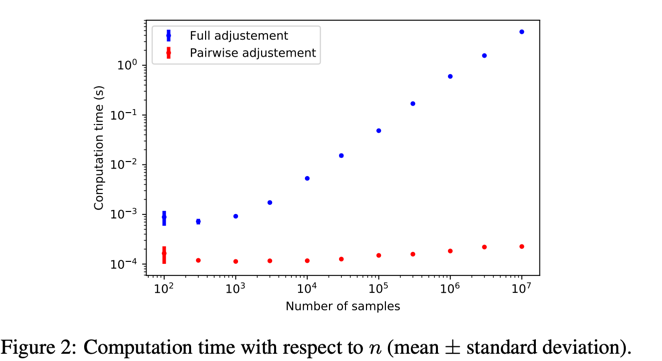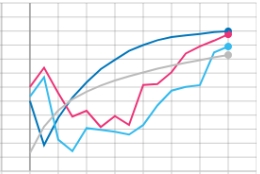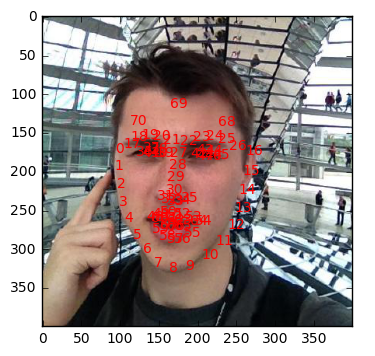Research

Research on Hierarchical Graph Co-Clustering
March 2020 - August 2020
Abstract: A well-known metric for quantifying the similarity between two clusterings is the adjusted mutual information. This paper proposes a novel adjustment based on pairwise label permutations, leading to a lower time complexity while maintaining quality. Experiments on synthetic and real data are presented for comparison.
The objective of this work was to develop a metric that assesses the quality of a tree in terms of graph reconstruction.
Mentors: Prof. Thomas Bonald
Paper Github
Text Classification with Deep Learning
December 2017 - June 2018
Abstract: Nowadays, retail e-commerce sales are quickly increasing. Large online e-commerce websites serve millions of users’ requests per day. Therefore it is necessary to make the processes of registrations and purchases as much convenient and fast as possible. Therefore, the problem of advertisement automatic category prediction is very important in terms of saving moderators’ time and as a result, decreasing the number of necessary moderators to process them. Effective algorithms which would work with text data, have high accuracy and appropriate speed are in high Demand.
The objective of this thesis was to build an effective model which would have high accuracy and appropriate speed for classification of advertisements at the ecommerce platform Jiji.ng. In particular:
- consider different models that are used for texts classification
- compare performance of Deep Learning arhitectures
- compare efficiency of CNNs vs RNNs for NLP related tasks
Mentors: Prof. Anton Maltsev
Paper PresentationProjects

Human pulse measurement with web camera
April 2015
University project
Our pulse is the rate at which heart beats. As our heart pumps blood through the body, we can feel pulsing in some of the blood vessels close to the skin`s surface, such as in our head, neck or upper arm. To the human eye, no matter how long and hard you stare at your wrist or someone else’s face, you would struggle to detect a change in color. For a computer, however, the tiniest per-pixel fluctuations are easy to detect. As our heart pumps blood around body arteries swell with bright red blood, which changes the color of skin slightly. Thus we can measure accurately our heart rate. This project works by combining several techniques common in the field of computer vision.
GitHub